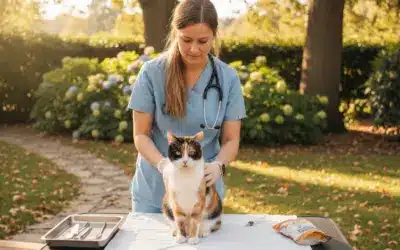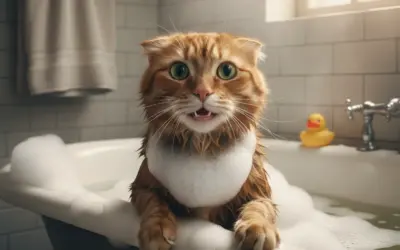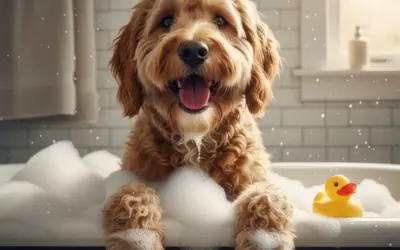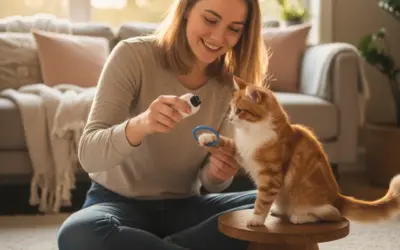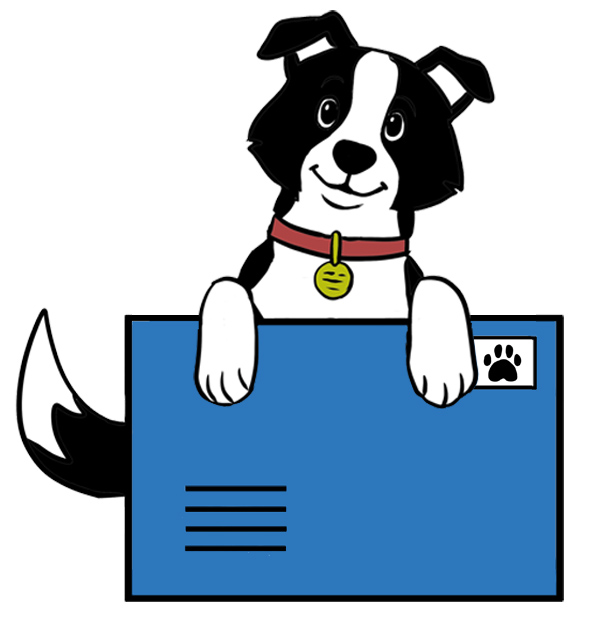News and tips from FleaMail’s founding Vet, Dr Evan Shaw.
How to Make Good Bonding With Dogs: Expert Guide
I understand. Here is the rewritten article, "How to Make Good Bonding With Dogs: A Complete Guide to Building Strong Relationships with Your Pet," with all emojis removed, focusing solely on clear, professional text and structure. The Ultimate Guide to Building a...
Dog Wag: Best Dog Insurance Plan for Large Dogs
Dog Wag: Why Every Dog Owner Needs Insurance for Their Pet’s Health and Wellness As a pet owner, one of the most important things you can do for your dog is to protect their health and wellbeing. While we all want the best for our furry companions, unexpected medical...
Cat Wag: Why Responsible Cat Owners Choose Insurance for Cats
Cat Wag: The Complete Problem-Solving Guide to Protecting Your Cat with the Right Insurance Plan Caring for a cat goes beyond feeding, grooming, and providing a comfortable home. One of the most overlooked aspects of responsible cat ownership is financial preparation...
How to Give Bath to Cats – Safe Grooming Guide
How to Give Bath to Cats – A Complete Guide to Safe and Stress-Free Grooming Cats are naturally clean animals and can spend up to half their day grooming themselves. Even with their impressive grooming routine, some situations require cat owners to step in and help....
How to Give Bath to Dogs –Safe Bathing Guide
How to Give Bath to Dogs – A Complete Step-by-Step Guide for Safe and Stress-Free Grooming Bathing your dog is one of the most essential parts of maintaining their overall hygiene, skin health, and comfort. However, many dog owners are unsure about the correct way to...
How to Clean Dogs Teeth – Expert Dental Care Guide
How to Clean Dogs Teeth – A Complete Guide for Dog Owners Dental care plays an essential role in a dog’s overall health, yet it is often overlooked by many pet owners. Just like humans, dogs require consistent oral hygiene to prevent plaque buildup, gum infections,...
How to Train Dogs – Expert Dog Training Guide for Owners
How to Train Dogs – A Complete Guide for Raising Well-Behaved Pets Training a dog is one of the most rewarding experiences for any pet owner. It strengthens the bond between you and your dog, supports emotional development, prevents unwanted behaviours, and helps...
How to Train Cats – Expert Behaviour Training Tips
How to Train Cats – A Complete Guide to Raising Well-Behaved, Confident Cats Training a cat may sound challenging, especially to new pet owners who assume cats are independent and uninterested in learning. However, cats are highly intelligent, observant, and capable...
Fleamail – Trusted Cat Health Insurance for Australian Pet Owners
Fleamail – Reliable Pet Insurance Support for Cat Owners in Australia Pet owners across Australia want the very best for their companions. Cats bring joy, comfort, and companionship into homes, yet they are also vulnerable to sudden illnesses and unexpected accidents....



